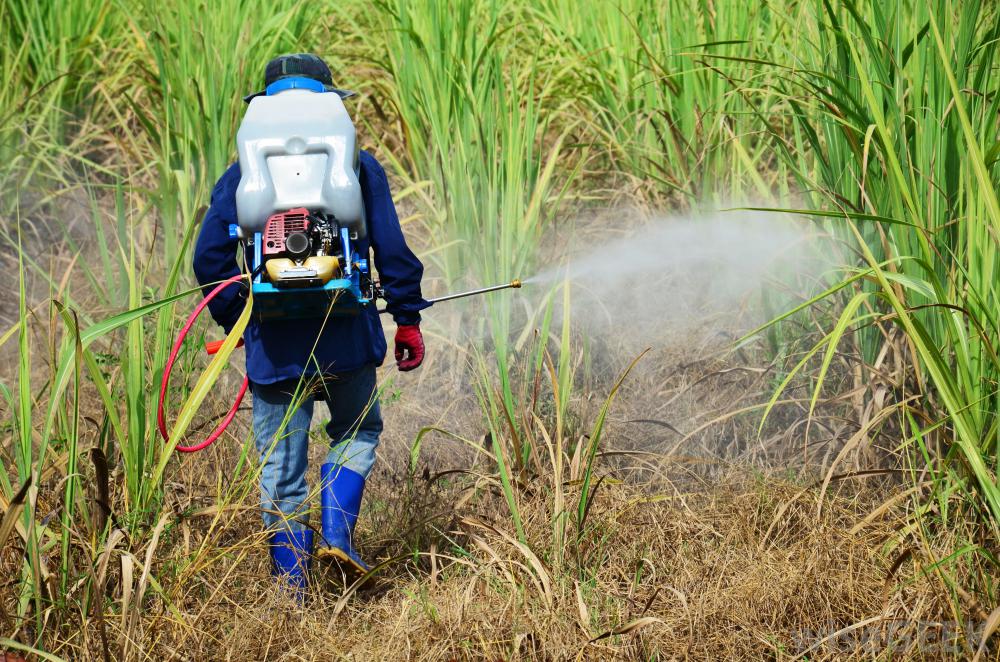JNU Researchers Formulate Water-Based Herbicides
Herbicides that kill plants by inhibiting specific vital functions do not distinguish between crop plants and weeds. Such non-selective herbicides are generally applied before sowing/emergence of crop plants and their residual effects may affect crop performance. There is limited flexibility in the schedule of their application and their use requires caution.
And the public’s increasing demand for safe “green” products has resulted in many new environmentally-friendly products becoming available for controlling weeds in the garden and landscape.
Entering the league is a new technique devised by scientists at the Prestigious JNU that uses herbicides prepared simply by the use of water instead of organic solvents.
Chemical weed-killers have a huge list of drawbacks. They’re expensive, harmful to other plants, pets, and children, and most of all can leach into the water. When you use an herbicide and it rains soon after, all those chemicals end up in storm drains heading straight out into natural water supplies.
Herbicides and pesticides have been responsible for fish kills and algae kill. Alternately, they settle into the soil and work their way down to the natural groundwater level, where they can get into the household and commercial wells directly, and eventually end up in streams and ponds.
The brain-child of Dr. BS Balaji, Associate Professor at JNU’s School of Biotechnology, this herbicide prepared using water in place organic solvents involves the process where the waste products are washed away and removed using water instead of organic solvent. Also, the whole process is more pollution free.
“Approximately five times more volume of organic solvents is required as compared to water in the preparation of the same amount of herbicide. Using water is not only cost-effective measure but also the whole process is pollution free as compared to using an organic solvent,” said Dr. BS Balaji.
“25 liters of water will cost maximum 60 rupees while the same amount of organic solvent would cost around Rs 3,000 to Rs 4,000,” he said. This would highly reduce the cost of herbicide production thus making it available to the farmers at the much cheaper rate. However, what is required is its large-scale production at an industrial level.
Balaji told that he has applied for “provisional patent” at the “Indian Patent Office” and meanwhile is also trying to scale up with industries for its large-scale commercial production. “We have to take it from Lab to industry,” he concluded.
























